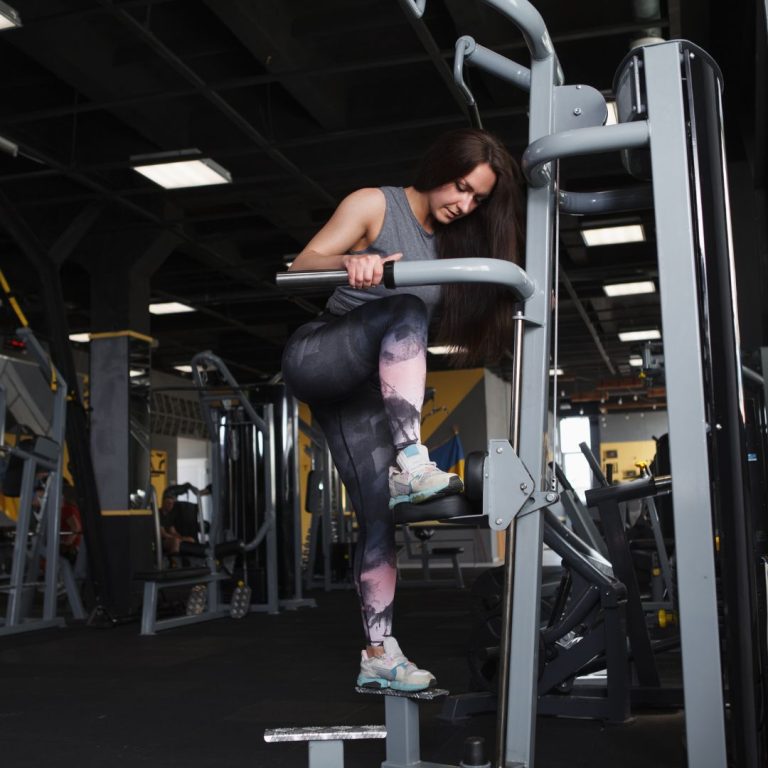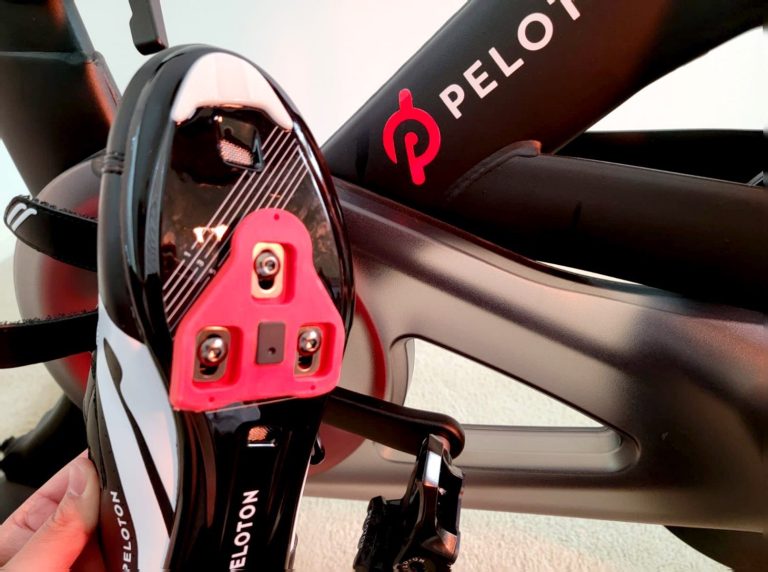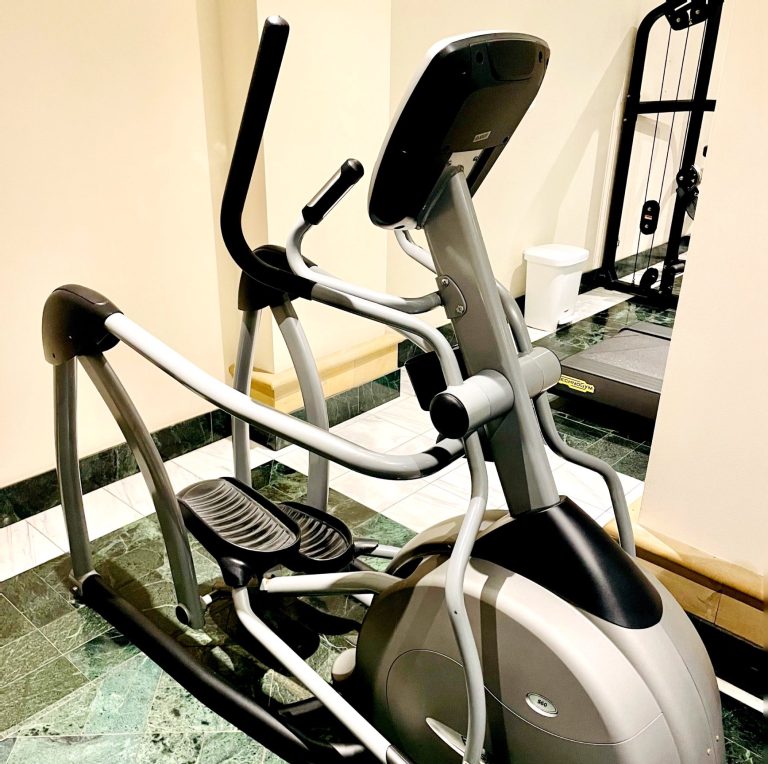Recumbent Bike Vs. Spin Bike: What’s Better?

As a cycling pro, I know how important it is to choose the right exercise bike for your fitness goals. While both recumbent and spin bikes are great options, they have distinct differences that can impact your workout routine.
Recumbent bikes are ideal for those looking for a low-impact workout that focuses on toning the lower body. They offer a comfortable, reclined seat that supports your back and reduces stress on your joints. Plus, the pedaling motion is smooth and easy on the knees, making it a great choice for people with joint issues. However, recumbent bikes may not provide as intense of a workout as spin bikes, making them less suitable for those looking to increase their cardio and endurance levels.
Spin bikes, on the other hand, are perfect for high-intensity interval training (HIIT) and building endurance. The upright seating position and adjustable resistance allow for a full-body workout that engages the core, upper body, and legs. The intense workout may be challenging for beginners or those with joint problems, but the benefits are worth it. Spin bikes also have a more compact design, making them easier to store and transport.
What are the Benefits of a Recumbent Bike?
Recumbent bikes are a popular choice for those looking for a low-impact, comfortable workout. Here are some of the benefits of using a recumbent bike:
- Reduced stress on joints: The reclined seat on a recumbent bike provides more support to the back and reduces pressure on the knees and ankles. This makes it an ideal option for people with joint pain or arthritis.
- Increased comfort: The larger, cushioned seat on a recumbent bike is more comfortable than the smaller, harder seat on a traditional upright bike. The backrest also provides support and reduces strain on the neck and shoulders.
- Improved cardiovascular health: Riding a recumbent bike can help improve cardiovascular health by increasing heart rate and blood flow. This can lead to lower blood pressure and a reduced risk of heart disease.
- Better muscle toning: Recumbent bikes target the glutes, hamstrings, quads, and calves, making them a great option for lower body muscle toning. The reclined position also engages the core muscles.
- Customizable workouts: Many recumbent bikes come with adjustable resistance levels, allowing you to customize your workout to your fitness level and goals.
- Multi-tasking: The comfortable seating position on a recumbent bike allows you to read, watch TV, or work on a laptop while exercising.
What Are The Benefits Of A Spin Bike?
Spin bikes, also known as indoor cycling bikes, are a popular choice for those looking for a high-intensity, full-body workout. Here are some of the benefits of using a spin bike:
- Increased cardiovascular endurance: The intense, high-intensity interval training (HIIT) workout on a spin bike can significantly increase cardiovascular endurance and help burn calories.
- Full-body workout: Spin bikes engage multiple muscle groups, including the core, back, arms, and legs, making it an effective full-body workout.
- Low-impact exercise: While spin bikes provide a high-intensity workout, they are low-impact and easy on the joints, making it a great option for people with joint pain or injuries.
- Customizable workouts: Spin bikes offer adjustable resistance levels, allowing you to customize your workout to your fitness level and goals. This can also help increase muscle strength and endurance.
- Improved mental health: The intense workout on a spin bike can release endorphins, which can help reduce stress and improve mood.
- Suitable for all fitness levels: Spin bikes can be adjusted to accommodate all fitness levels, making them a great option for beginners and experienced fitness enthusiasts alike.
What Is The Difference Between Recumbent Bikes And Spin Bikes?
Recumbent bikes and spin bikes are two popular types of indoor exercise bikes, each with its own unique features and benefits. Here are some key differences between the two:
- Body position: The most noticeable difference between recumbent bikes and spin bikes is the body position. Recumbent bikes have a reclined seat and backrest, while spin bikes have an upright seat and handlebars. This makes recumbent bikes more comfortable and low-impact, while spin bikes provide a more intense, full-body workout.
- Resistance: Recumbent bikes typically offer magnetic resistance, while spin bikes offer a combination of magnetic and friction resistance. Magnetic resistance is quieter and smoother, while friction resistance provides more of a challenge and requires more maintenance.
- Handlebars: Recumbent bikes have handlebars located on either side of the seat, while spin bikes have handlebars located in front of the rider. The handlebars on spin bikes allow for more upper-body engagement, while the handlebars on recumbent bikes are more for balance and stability.
- Workout intensity: Spin bikes are designed for high-intensity workouts, with fast-paced pedaling and interval training. Recumbent bikes, on the other hand, are designed for low-impact, longer-duration workouts that focus more on comfort and joint support.
- Muscles targeted: Spin bikes engage more muscles in the legs, core, and upper body, while recumbent bikes primarily target the lower body muscles.
The main differences between recumbent and spin bikes are the body position, resistance type, handlebars, workout intensity, and targeted muscles. Both types of bikes have their own unique benefits and can provide an effective workout, but the choice ultimately depends on your personal preference and fitness goals.
Which Exercise Bike is Best for High-Intensity Interval Training?
When it comes to high-intensity interval training (HIIT), spin bikes are typically the best option. Spin bikes are designed for fast-paced pedaling, quick sprints, and interval training, making them ideal for HIIT workouts.
Spin bikes offer a range of resistance levels, allowing you to customize your workout to your fitness level and goals. You can also adjust the resistance during your workout to increase the intensity and challenge yourself.
The upright seat and handlebars on spin bikes also allow for more upper-body engagement, which can increase the overall intensity of your workout and provide a full-body workout.
Recumbent bikes, on the other hand, are designed for low-impact, longer-duration workouts that focus more on comfort and joint support. While you can still do HIIT workouts on a recumbent bike, it may not be as effective as using a spin bike.
If you are looking for an exercise bike for high-intensity interval training, a spin bike is the best option.
How Can You Choose the Right Exercise Bike for Your Goals?
Choosing the right exercise bike can be overwhelming with so many options available in the market. However, there are a few factors you should consider to ensure you choose the right exercise bike for your goals. Here are some tips to help you make a more informed decision:
- Identify your fitness goals: The first step in choosing the right exercise bike is to determine your fitness goals. Do you want to lose weight, improve your cardio endurance, or build strength? Understanding your goals will help you narrow down your options.
- Determine your budget: Exercise bikes come in a wide range of prices, so it’s important to set a budget. Determine how much you are willing to spend and stick to it.
- Consider the type of bike: There are two main types of indoor exercise bikes: recumbent bikes and spin bikes. Recumbent bikes are designed for comfort and low-impact workouts, while spin bikes are designed for high-intensity workouts. Consider which type of bike aligns with your fitness goals and preferences.
- Look for adjustable features: Look for bikes with adjustable features like seat height, handlebar height, and resistance levels. This will allow you to customize your workout to your fitness level and goals.
- Check the weight capacity: Make sure the exercise bike you choose can support your weight. Most exercise bikes have weight capacities of 250-300 pounds, but some models can support more.
- Read reviews: Finally, read reviews from other users to get an idea of the bike’s performance and durability. Look for bikes with high ratings and positive reviews.





![What Burns More Calories? Walking or the Elliptical? [Find Out Now!]](https://149924277.v2.pressablecdn.com/wp-content/uploads/2023/07/Walking-Or-Eliptical--768x768.jpg)
